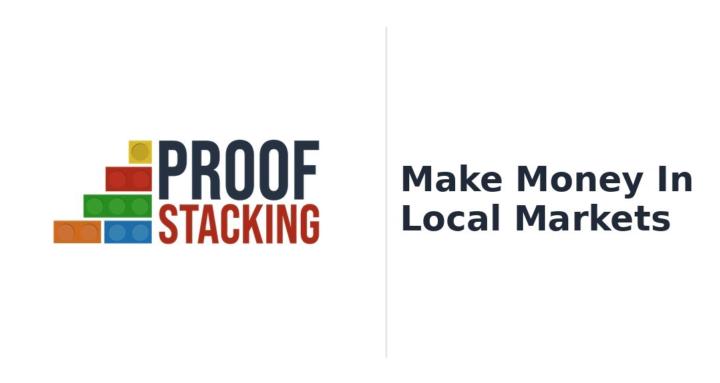24d • General discussion
A $200M Branding Lesson: What Cracker Barrel Just Taught Us About Personal Branding
You probably encountered the news in August when Cracker Barrel revealed a new minimalist logo. By August 22, the company had lost nearly $200 million in market value.
The backlash came fast: customers pointed out that the new design scrapped the old image of Uncle Herschel, company founder Dan Evins’ uncle, sitting in a wicker chair leaning against a barrel. That wasn’t just decoration. It tied the brand to its roots, its story, and its comfort.
Within days, Cracker Barrel reversed course, reinstating the original logo and admitting their “modernization” missed its mark.
Think about that: a single branding move meant to “modernize” sparked an outcry so loud that a national chain had to backtrack in record time.
📌 Why did this rebrand fail so dramatically?
Because branding isn’t about what you like. It’s about what your customers expect, recognize, and trust.
Uncle Herschel isn’t just a figure. He’s the emotional anchor of the brand…tradition, comfort, and community in one image. Removing him stripped away that connection and made the brand feel generic.
📌 And this isn't the only story like this…
You might remember in 2009 when Tropicana completely redesigned its orange juice packaging. The iconic straw-in-the-orange image disappeared, replaced by a sleek, “modern” look. Customers hated it, and sales plunged by $50 million in just two months. Tropicana had to revert to the old design, too. While not as dramatic as Cracker Barrel, it shows how small design moves can create major rifts with your audience.
📌 Now you might be thinking, “But what if my brand isn’t even that established yet?”
That’s actually the best time to take this lesson to heart.
Every logo, story, and case study you share early on becomes the foundation of trust. If you anchor your brand in proof and story right from the start, you protect your future so you don’t have to undo or redo everything later.
📌 What this means for YOU (CRE and beyond)
This isn’t just a corporate issue. It’s one every local business owner faces.
- In Commercial Real Estate: If your credibility lives only under your firm’s brand, a rebrand or merger can obliterate authority you’ve built. That’s why building your personal brand matters—so clients recognize you, not just a logo.
- In other local businesses: Say you run a restaurant, law firm, or service business. If you drop key visual or messaging elements without considering your audience, you risk making your brand feel unrecognizable.
📌 The deeper takeaway
A brand is much more than just its logo, colors, or tagline. It’s the stories and proof you consistently share…the trust you build over time.
That’s why we focus on the One Page Case Study + Proof Stacking method. These tools help you create brand equity that you own and control even if your company’s logo or marketing changes tomorrow.
When your brand lives in proof and story, it sticks, even when everything else shifts.
📌 A quick truth to remember
Studies show you have about seven seconds to make a first impression. That means if your brand doesn’t feel consistent and recognizable in those moments, you risk losing trust before you ever properly connect.
📌 Question for you
👉 If you rolled out a major branding change tomorrow, would your prospects and clients still recognize you as the authority, or would it feel like starting all over?
2
1 comment

skool.com/make-money-in-local-markets
Where Proof Stackers Turn 1-Page Case Studies into Local Clients
Powered by





